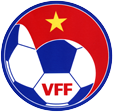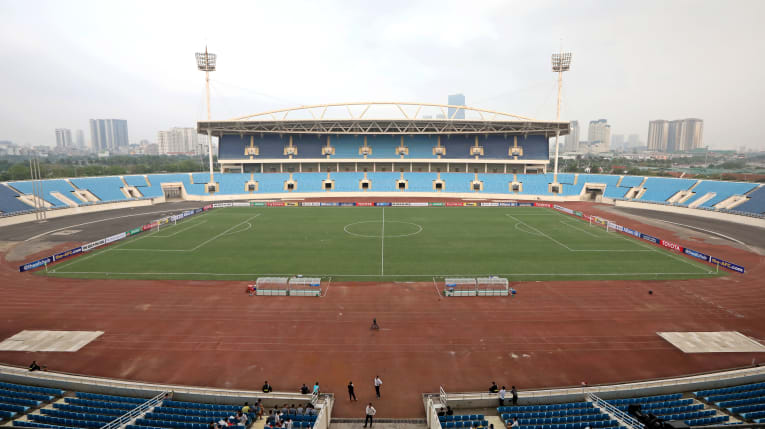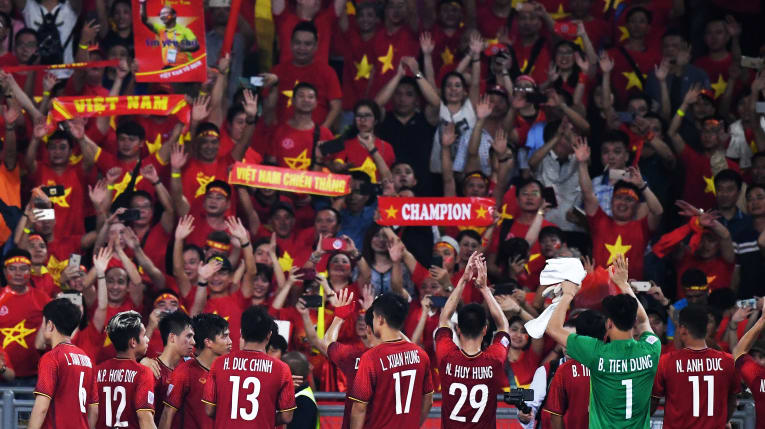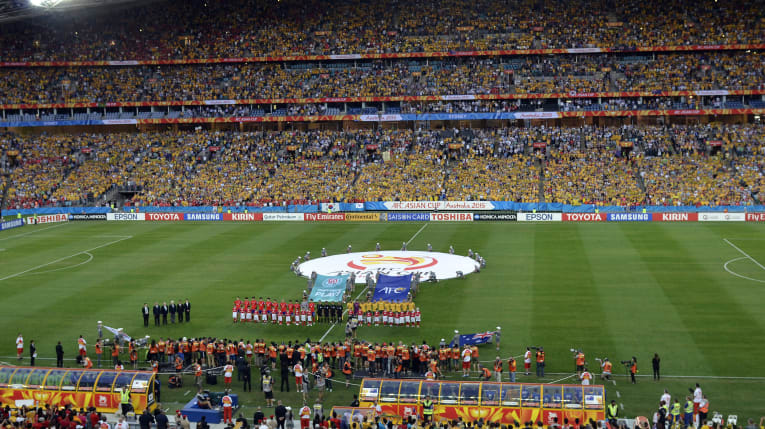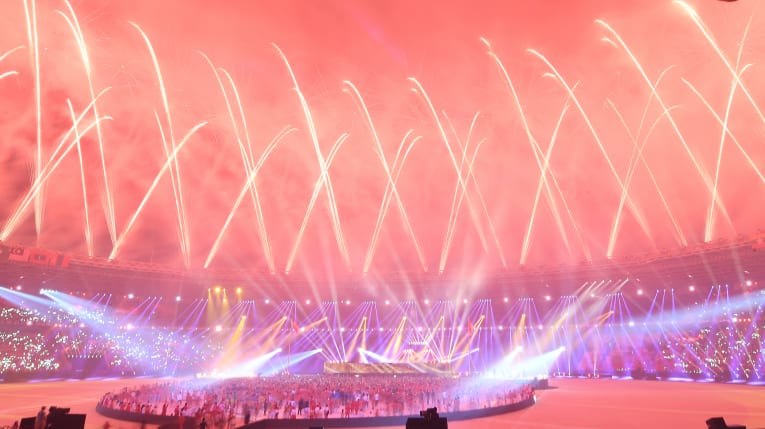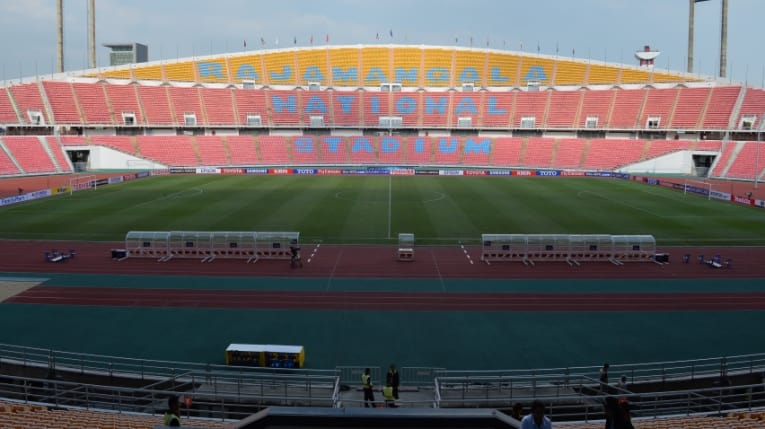Great Grounds of Asia: ASEAN
Kuala Lumpur: Stadiums are more than just iconic architectures. They are homes for clubs, fans and – in some cases – the home venue for national teams. Asia has some of the best stadiums in the world, iconic venues which regularly see thousands of fans filling the stands to cheer on their favourite teams.
My Dinh Stadium (Hanoi, Vietnam)
The centrepiece of Vietnam’s National Sports Complex, My Dinh Stadium is a multi-purpose venue located 10 kilometres west of central Hanoi. The stadium, which has a capacity of 40,192, opened in 2003 and was used for the 2007 AFC Asian Cup in Southeast Asia.
Construction on the venue began in 2002 and it was officially opened on September 2, 2003, when it hosted a friendly between Vietnam U-23 and Chinese Super League side Shanghai Shenhua. It was then used as the main venue for the SEA Games later that year.
In 2007, when the AFC Asian Cup was staged in Southeast Asia, My Dinh Stadium hosted all but one of the Group B games. Vietnam defeated the United Arab Emirates 2-0 in their opening match before advancing to the last eight as runners-up behind Japan.
It was also the venue for the quarter-final between Japan and Australia as well as the semi-final between Japan and Saudi Arabia.
More recently, Vietnam defeated Malaysia to lift the 2018 AFF Cup before their adoring fans on December 15 of that year.
Stadium Australia (Sydney, Australia)
“An icon of the new millennium and an enduring symbol of Sydney’s coming of age as a global city,” reads the description on its official website, and since it’s opening in 1999, Stadium Australia has witnessed incredible feats with the arena packed with cheering supporters.
Stadium Australia was purposefully built as the centrestage for the Sydney 2000 Olympics and Paralympic Games. The football event recorded over 1.3 million spectators.
Originally fitted for 110,00 fans, the 2003 restructuring saw the capacity reduced to 83,500 but it is now able to accommodate different sports, including football, rugby and cricket.
Stadium Australia hosted the 2015 AFC Asian Cup and 76,385 fans saw the Socceroos defeat Korea Republic 2-1 in the final to lift the title.
On top of being the home ground for the Socceroos and Western Sydney Wanderers, Stadium Australia has also hosted various European clubs over the years.
Gelora Bung Karno Stadium (Jakarta, Indonesia)
The stunning Gelora Bung Karno Stadium is the main arena within the Gelora Bung Karno Sports Complex in central Jakarta. With a capacity of 80,000, the stadium is renowned for being among the most vibrant and unique sporting venues in the region.
Divided into 24 sectors and into upper and lower stands, the arena’s special feature is its imposing steel roof that forms a huge ring known as *temu gelang, *or joined ring. Primarily used for football, the venue also stages other sporting events and music concerts as well as large scale religious and political events.
Constructed to host the fourth Asian Games in 1962, Gelora Bung Karno Stadium was named after the first President of Indonesia, Sukarno, and has gone on to host a number of football tournaments and international matches in addition to three Asian Athletics Championships, and it also hosted the Asian Games in 2018.
Initially built with a capacity exceeding 120,000, renovations ahead of the 2007 AFC Asian Cup – hosted across four Southeast Asian countries – led to a reduction in seating but did little to dampen the atmosphere.
National Stadium (Bukit Jalil, Malaysia)
Home of some of Asia’s most passionate and colourful fans, the National Stadium has hosted some of ASEAN football’s most exciting matches as well as the historic 2007 edition of the AFC Asian Cup.
The 100,000-capacity national stadium is located to the south of Kuala Lumpur and is part of the National Sports Complex in Bukit Jalil, which was built to host the 1998 Commonwealth Games.
Construction on the stadium began in 1994 with the venue declared open in July 1998.
It was Malaysia’s main stadium for the 2007 AFC Asian Cup, and after hosting matches in the group stage, the venue was used for Korea Republic’s penalty shootout victory over IR Iran in the quarter-finals.
Korea remained in the arena for their semi-final against Iraq, but this time the West Asians prevailed on penalties before ultimately securing one of the most memorable triumphs in the competition’s history
The venue also hosted the SEA Games in 2001 and 2017, and it has been used for numerous high-profile football matches involving the likes of English Premier League giants Arsenal, Chelsea, Liverpool and Manchester United.
Rajamangala Stadium (Bangkok, Thailand)
Opened in 1998 ahead of the 13th Asian Games, Rajamangala Stadium is home to the Thailand national team and is the Southeast Asian country’s largest sporting venue. The atmospheric arena – located within the Huamark Sports Complex – boasts a capacity of 49,722 and was among the stadiums used for the 2007 AFC Asian Cup.
The complex contains a 6,500-capacity indoor stadium, a swimming pool and numerous other sports facilities, while it is also home to many of Thailand’s sporting authorities and federations too. Away from football, the stadium is used for athletics meetings and music concerts, among other events, too.
Construction on Rajamangala Stadium began in 1988 to celebrate the King of Thailand’s 60th birthday in 1987. Initially opened with a capacity of 80,000, numbers were reduced ahead of the 2007 AFC Asian Cup, when it staged all three of Thailand’s group games as well as eventual winners Iraq’s 2-0 quarter-final victory over Vietnam.
Prior to that, one of the biggest matches held at the venue was the second leg of the first ever AFC Champions League final between Thailand’s BEC Tero Sasana and Al Ain of the United Arab Emirates in October 2003.
Rajamangala Stadium also hosted the recent 2020 AFC U23 Championship, which saw Korea Republic defeating Saudi Arabia 1-0 to emerge champions.
